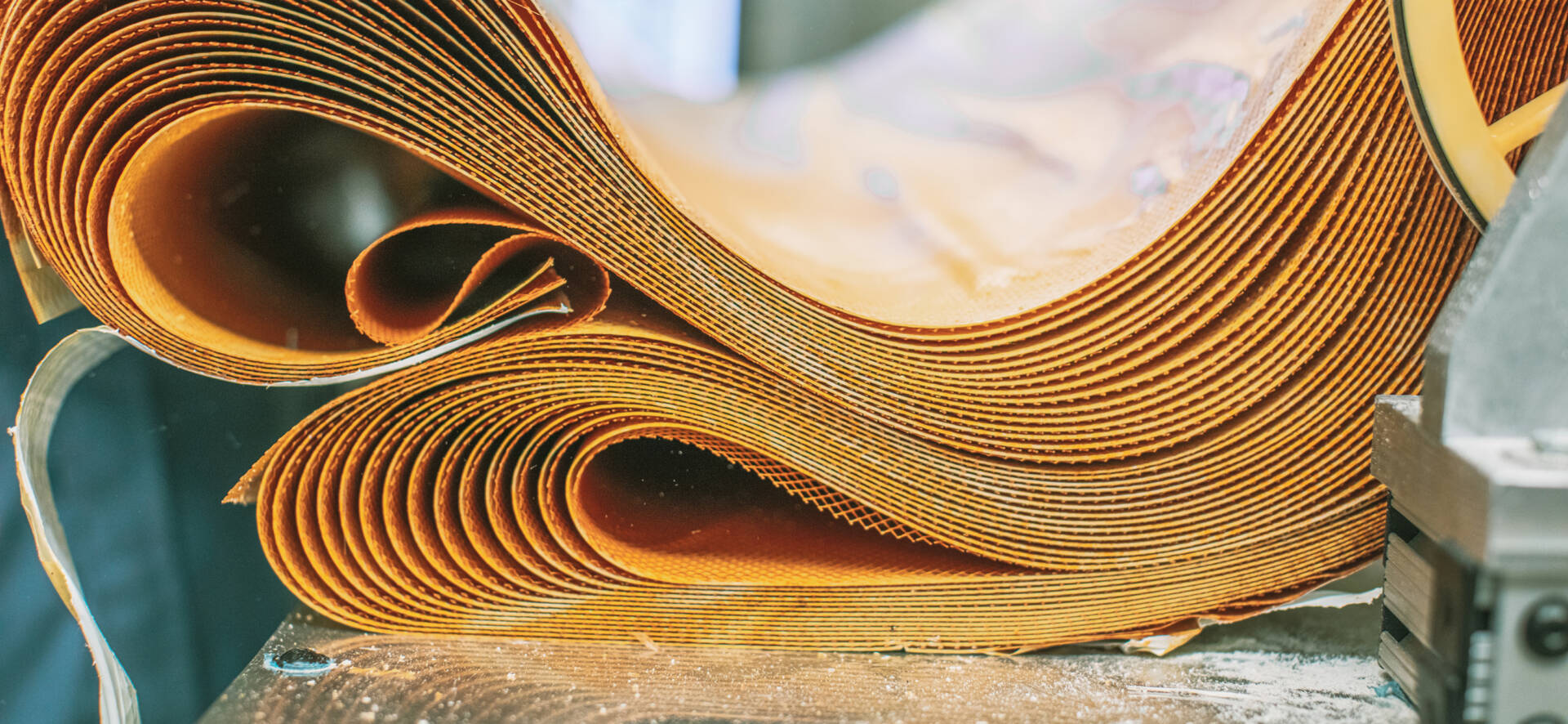Desalination plants rely on good performance of reverse osmosis membranes, but over time these become fouled with marine organisms and biofilms.
A membrane autopsy can be used to determine what is fouling the membrane and thus prescribe the best methods for cleaning as well as other ways to improve its efficiency.
Johannes Vrouwenvelder and his team are partnering with water and energy company, ACWA Power, to perform autopsies on membranes that have been used to desalinate local urban water. The team will use information from these autopsies to propose improvements to the membranes.
We outline the process they use.
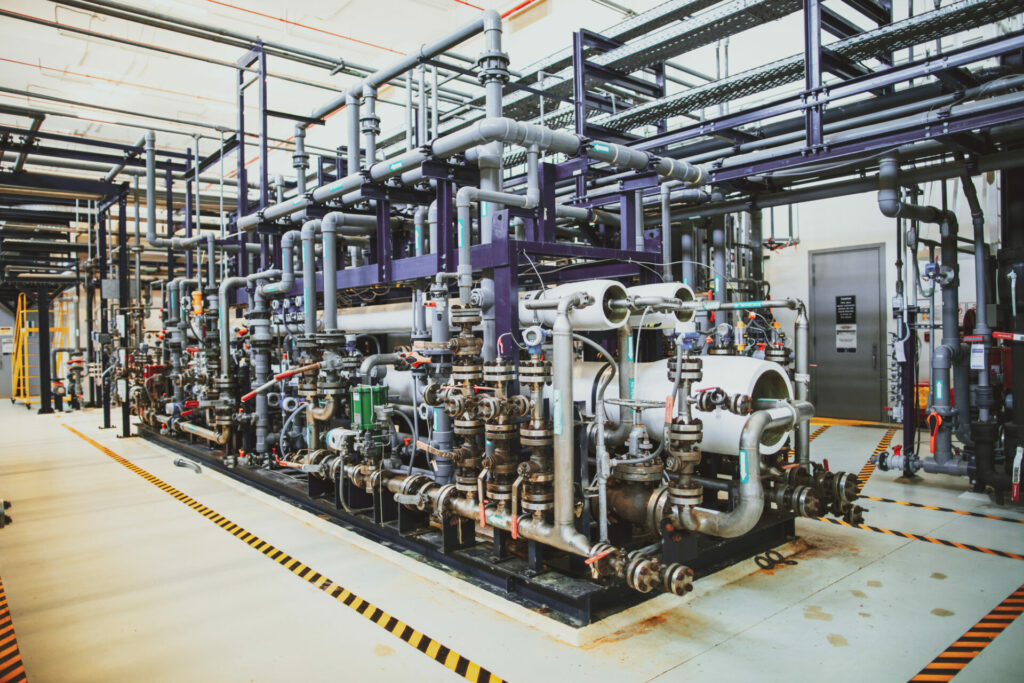
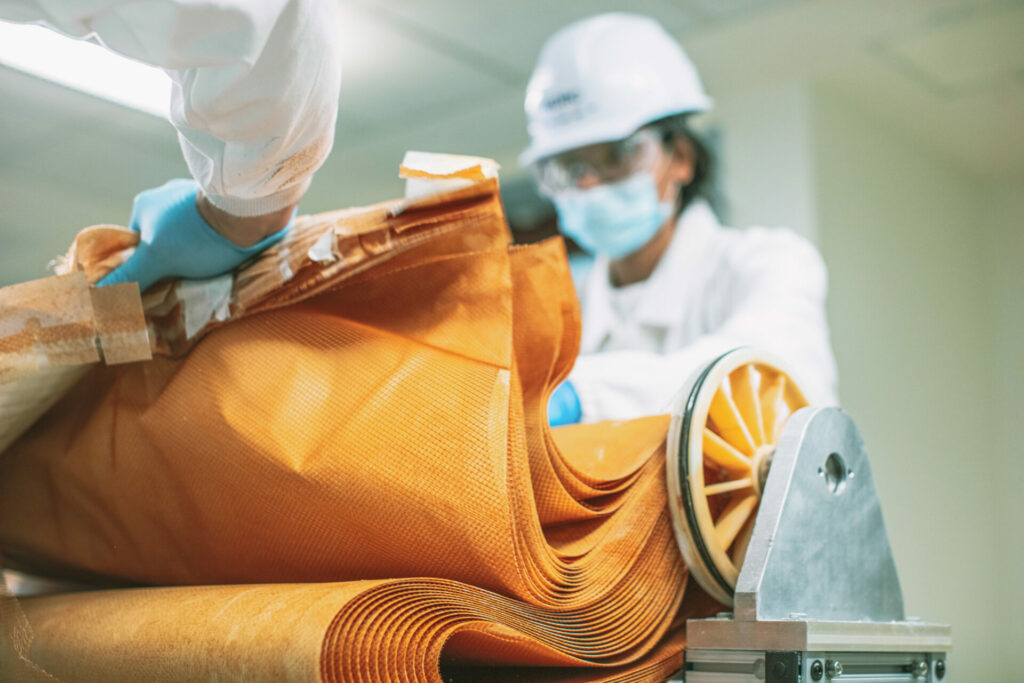

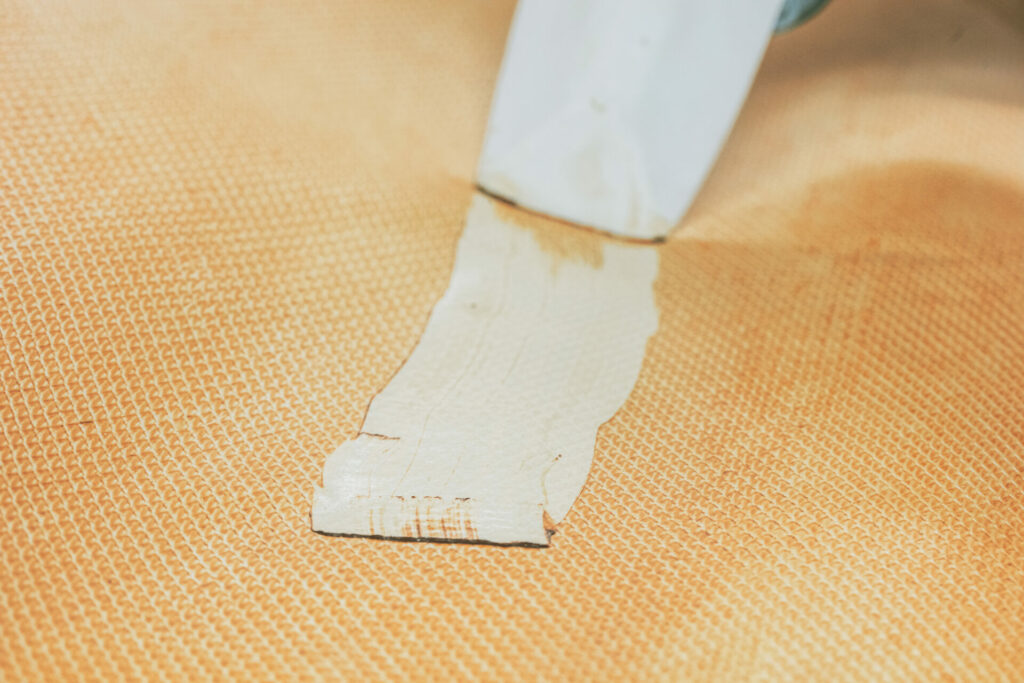
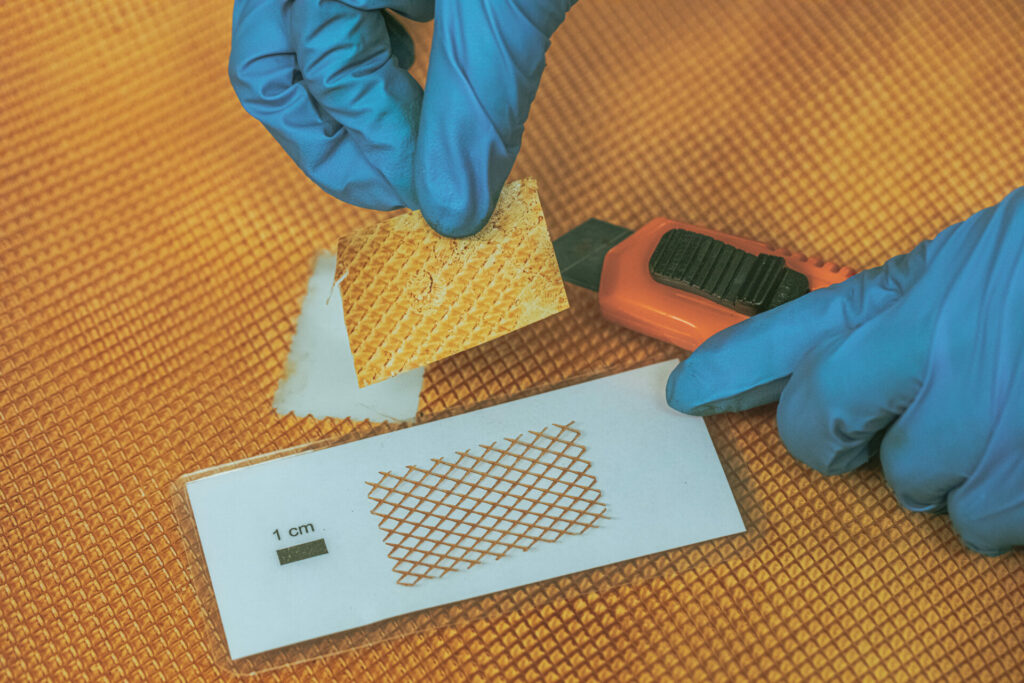
All images © 2021 KAUST; Anastasia Serin

